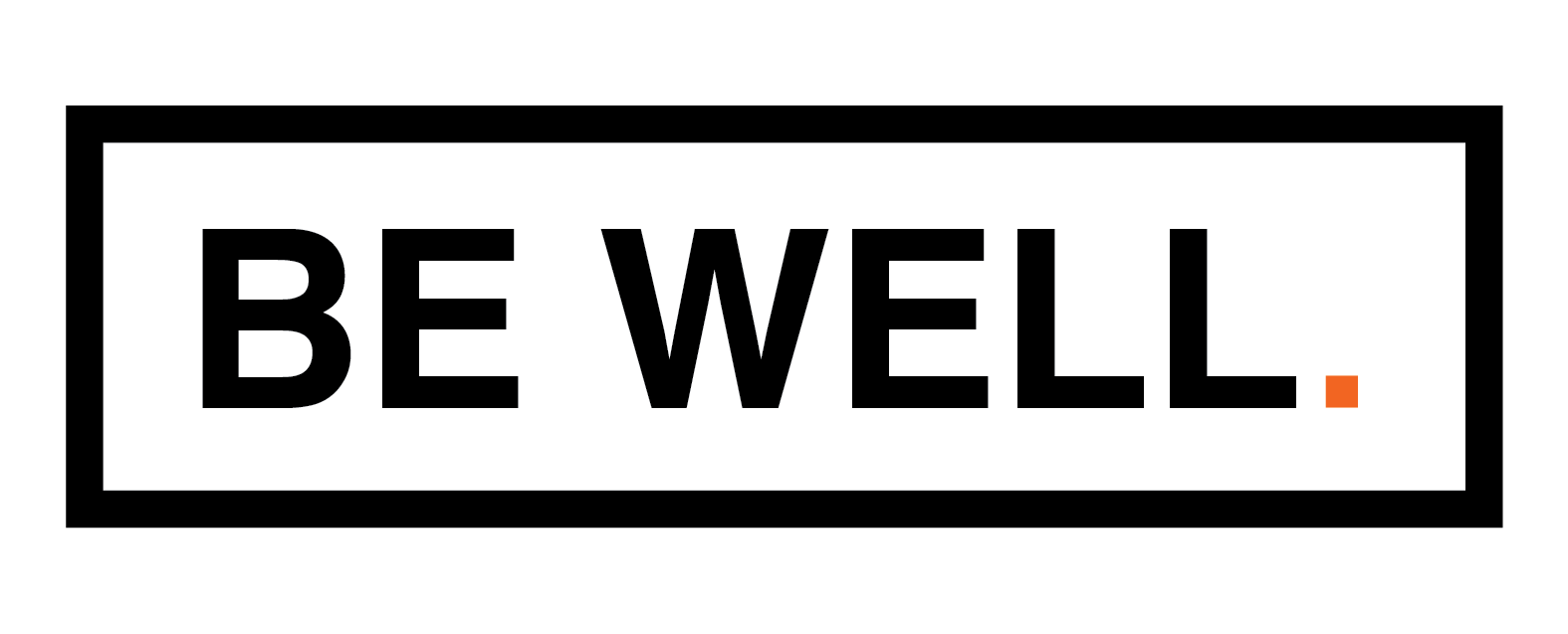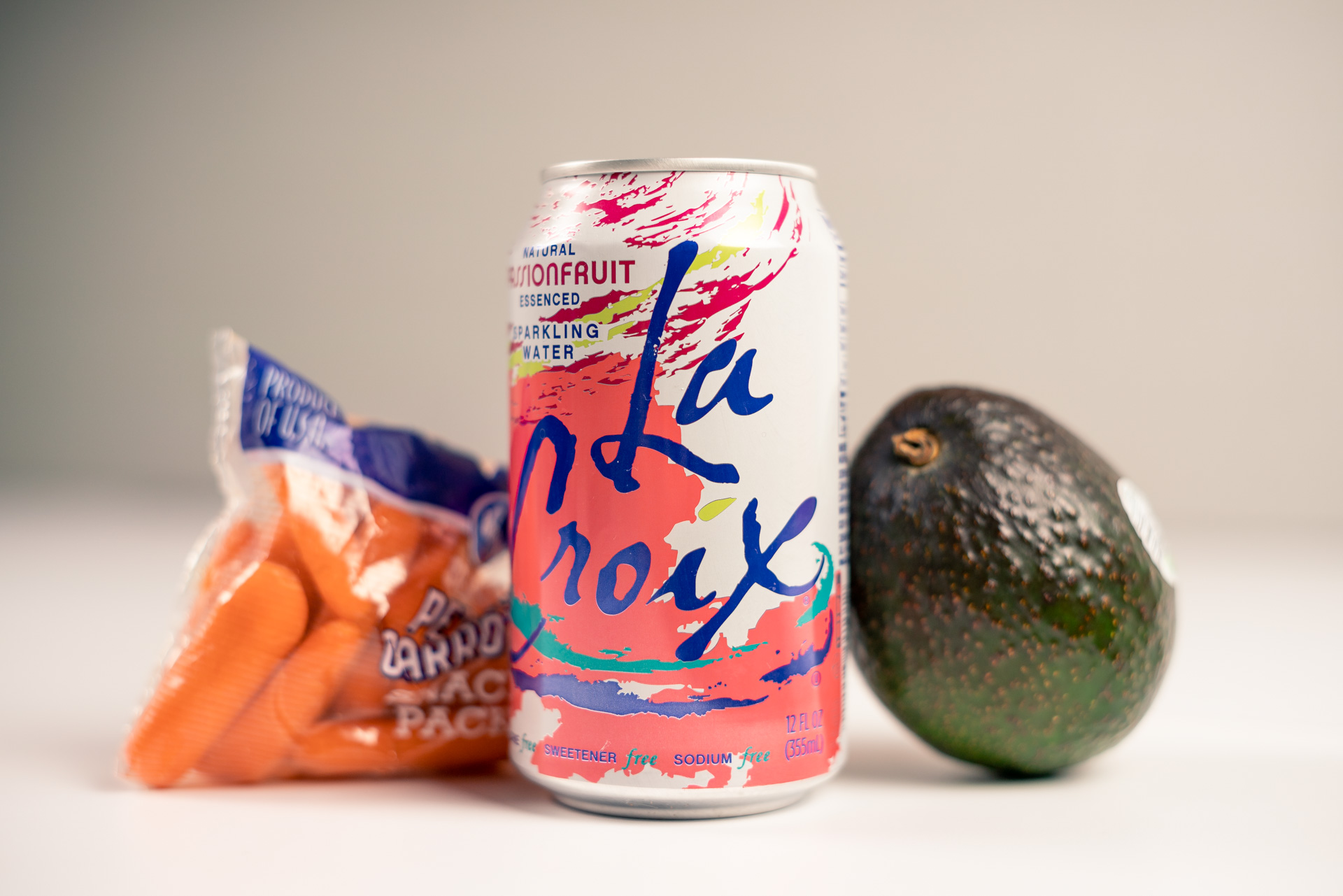Make Better Food Choices by Understanding How Nutrition Facts Labels Work

Walking through the aisles of the grocery store can be overwhelming. How do you know if you’re getting what you need, or what you want, out of your food product choices?
If you’re like me, then you don’t remember every time to check the labels before you pick up that box of granola bars or new brand of yogurt. Even when I do look, I never know what I’m looking for.
I’m enrolled in a nutrition class this semester, not with any particular interest in the subject, just hoping to check another box for my electives. I think I make pretty healthy choices when it comes to moderation and selecting variety. But in comparison to people interested in nutrition, my knowledge on real health information is limited.
This class has provided me with a new awareness on making the right decisions when it comes to products in the grocery store and reading between the lines of those packaging claims.
The Food and Drug Administration (FDA) must approve the claims made on food product packaging to ensure there is transparency with consumers.
Here are some quick tips on how to tackle your grocery shopping if you’re not a self-proclaimed health-nut.
Nutrition Panel basics
The percent of Daily Value (DV) on labels refers to the recommended daily servings, which is based on a 2,000-calorie diet.
The ingredients on the food label are listed in descending order by weight. So the first few items on the list typically make up the bulk of that food product.
Breakdown of nutritional claims
Good source = a serving contains 10-19 percent of the recommended daily value for a nutrient
Excellent source = a serving contains 20 percent or more of a recommended daily value for a nutrient
Fat-free = serving contains less than 0.5 grams of fat
Low-fat = serving contains three or less grams of fat
Reduced-fat = at least 25 percent less fat per serving than a reference food
Does this information interest you? Hungry to learn more? Register for NTRI 2100 to learn more about how proper nutrition can benefit your lifestyle!
Do you have any other grocery-shopping hidden tips? Share with us on social media @AuburnCampusRec.
Be well, Auburn.
Photography: Julia B.
Writer, Copy Editor
Katie is a junior studying Public Relations. Originally from Seattle, Washington, Katie has made Auburn her second home. Leaving behind gray skies and the bustling of suburban life, she has chosen the sunshine and a new adventure in the loveliest village on the Plains.
When she is not in class you can find her glued to her planner scheduling every moment of her week, watching Fixer Upper marathons on HGTV, or wandering through the aisles of local antique shops.
Katie believes that Auburn is a place where she can grow as an independent, a leader, and a lover of trying new things - including every Tasty recipe video on Facebook.






